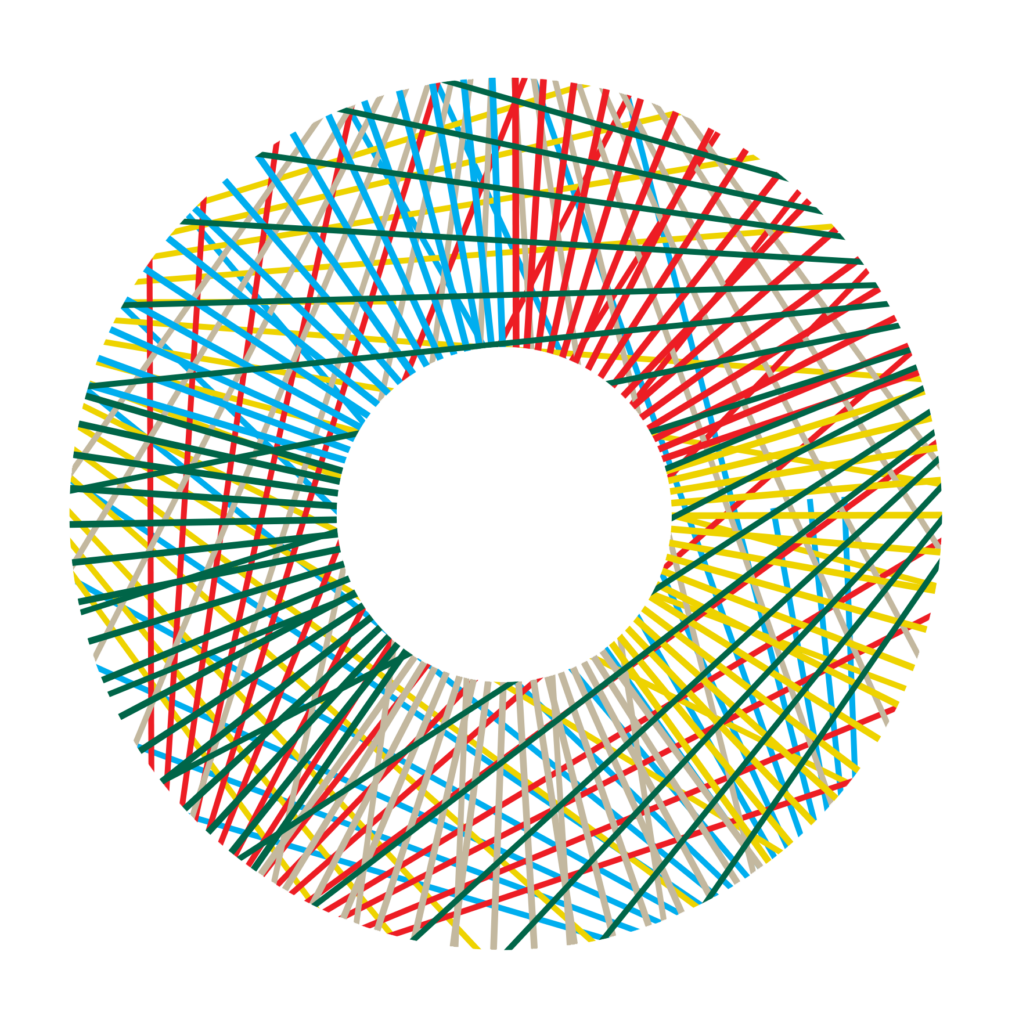How we work: An integrated, transdisciplinary approach to Internet of Things (IoT)
As practitioners, educators and professionals coming together to learn and identify opportunities for our region with IoT technology, it became evident early on that we needed to mindfully (and responsibly) explore advancements in this field through a multi-systems lens. Doing so provides a more thorough understanding of how this technology may impact our future communities; how consumers engage with it; how businesses and governments use it; and how we want the next generation of thought leaders to be mindful of its impact.As an organization, IoTC has adopted (and highly values) utilizing a transdisciplinary approach to our work.
What’s different about the trandisciplinary approach versus other research/collaborative approaches?
Intradisciplinary — Within
Working within the frame of a single, recognized discipline.Multidisciplinary — Add, multiply
Looking at one problem by adding multiple perspectives and disciplines to the mix.Crossdisciplinary — Intersect, transfer
Intersecting knowledge from two or more disciplines, viewing one discipline from the perspective of another.Interdisciplinary — integrate, synthesize
Integrating knowledge and methods from different disciplines using a synthesis of approaches. Interdisciplinary concerns collaborations between contrasting academic disciplines or research methods for new applications, new analyses or the creation of entirely new disciplines (Nicolescu 1997).Transdisciplinary – across, over, beyond
Emergence of a new discipline transcending the boundaries of disciplinary perspective.Transdisciplinary also has a wholism associated with it. While interdisciplinary collaborations create new knowledge synthesised from existing disciplines, a transdisciplinary team relates all disciplines into a coherent whole (McGregor, 2004). The field of ‘sustainability’ in essence is a transdisciplinary one.Reference: Jenseniu (2012)
How the transdisciplinary approach is rooted in our work
As a collaborative organization, we prioritize bringing in various perspectives, disciplines and areas of expertise into how we synthesize the work and the perspective we offer when we engage in working and researching opportunities with IoT. Our transdisciplinary approach to education, partnership, and thought leadership integrates expertise and experience from several different and related professional disciplines.
This includes:
- Law
- Engineering
- Urban Studies
- Health
- Management
We look at how technology itself can impact situations, communities, businesses and interpersonal communication, exploring it through the transdisciplinary approach.
The approach is ingrained in:
- How we conduct research.
- How we engage as a collaborator among community organizations and partners.
- How we vet our recommendations in our consulting capacity and partnerships with companies and clients we serve.
Applied understanding of the transdisciplinary approach

 When we think about the technological implications of facial recognition, it’s easy to immediately think about just the software development and design perspective (Engineering).
When we think about the technological implications of facial recognition, it’s easy to immediately think about just the software development and design perspective (Engineering).
While advancements can be made in designing an efficient system from just the engineering discipline, integration into society may be limited because other disciplines were not integrated into the research and practice of this technology.
Other important disciplines that are important to consider for facial recognition:
- Urban Studies – how can this impact our communities?
- Law – could this technology hold up in in a court of law?
- Health – Are there any considerations we need to account for here?
- Management – how can businesses use this?

